好奇藝術 Kunstkammer 43 : Miroslav Tichý + Handmade cameras + his peeping tom photos
The Reclusive Peeping Tom Photographer and his Cardboard Camera
Charming eccentric or tolerated local boogyman? The townspeople of Kyjov in Czech Republic could never quite decide. Miroslav Tichý took nearly a hundred photographs a day with his homemade camera, wandering around the streets of his hometown, often spotted at bus stops, the main square, the park and the swimming pool, although he was frequently arrested for lingering around the local pool taking pictures of unsuspecting women.
ADVERTISING
When he returned to his chaotic and cluttered home afte a day of shooting, he would develop and print his pictures, sometimes crudely frame and decorate them, but ultimately cast them aside into a mess of untitled, undated and unseen photographs. For more than twenty years, his work would remain secret until a childhood friend and neighbour discovered his prints amongst the chaos of undeveloped rolls and cardboard cameras. His work has since been celebrated at museums and galleries across the world including London, Paris and New York.
Born in 1926, Tichý could have become one of the prominent painters of the modernist Communist regime. He was accepted to the Academy of Fine Arts in Prague, but after the Communist takeover in 1948, he grew defiant of requirements to draw socialist workers in overalls rather than female nudes and quit the prestigious school. Tichý was quickly identified as a rebel by the oppressive regime who began making attempts at “normalizing” him (whatever that entailed). After his compulsory military service, Tichý became more eccentric.
He ceased to care how he looked, dressing like a vagabond, possibly expressing his rebellion through his personal appearance. The state often tried to keep him out of sight, snatching him up and sending him to psychiatric clinics for days at a time over Communist patriotic holidays. Removed from society, it was around this time in the 1960s that he stopped painting and began making his intentionally imperfect cameras and experimenting with photography.
Tichý certainly preferred his subjects to be women, most of whom were completely unaware that they were being photographed. Some just didn’t realize that his camera made of plywood and tin cans was even real, and would smile simply to be kind to the crazy local man with the long beard and his toy camera.
When he was banned from the local pool, he made telephoto lenses with cardboard tubes to snap his clandestine photographs from a distance, which is why a wire fence can sometimes be seen in his pictures.
In 2010, after an exhibition at the International Centre of Photography, The New York Photo Review described his work:
- We see women photographed from the rear, from the front, from the side; we see their feet, legs, buttocks, backs, faces, as well as complete bodies [as when drawing a nude at the Academy]; we see them walking, standing, sitting, bending over, reclining. There are a few nudes, though the poor image quality sometimes makes it difficult to determine if we are looking at a nude or a woman with not much on. […] Whatever eroticism is present is limited to that of the voyeur; these women are not inviting us into their world.
Tichý lived off a small disability pension and took photographs for his own amusement, paying no attention to the standards of fine print. Sometimes he drew on his photographs to accentuate the contours of his subject’s fleeting glimpse or her bikini strap. When his work was finally discovered, most prints were damaged and exposed to the harsh conditions from being improperly stored in the squalor of his studio.
In 1981, Roman Buxbaum, Tichý’s neighbour and friend found his prints strewn around on the floor and began collecting them over the years. He was for a long time, the only person other than Tichý to see the prints, which were often gifted to him in stacks by his eccentric neighbour.
In 2004, Buxbaum’s collection of his photographs was shown at the Biennial of Contemporary Art in Seville and the following year, the works won the Rencontres d’Arles 2005 New Discovery Award. Then came major retrospectives of his work, celebrated for its poetic imperfections, in Zurich and Paris. Tichý was 71 by this time and Buxbaum had set up a foundation on his behalf to preserve and exhibit his work. Of course Buxbaum was also making handsome commissions from the galleries where he placed his collections.
Rather suddenly in 2009, Tichý severed all ties with his childhood friend and the foundation he had set up. In a published statement, Tichý announced that “he made no agreement, written or oral, with Buxbaum to propagate his works, that Buxbaum exploits his works without authorization and violates his copyright, and that only he, Hebnarová and his lawyer have the right to decide on the use and propagation of his works”.
In 2010, Tichý had a solo show at the International Center of Photography in New York City which featured 100 splotchy photographs, strewn around in a glass box as they would have been in his disordered studio, along with his makeshift cameras and rolls of undeveloped film.
Since his discovery, Tichý never once attended an exhibition and remained an outsider for the rest of his life. He died in the same village where he was born in 2011 at the age of 85.
Tichý is pictured here with one of his long telephoto lenses. He ground lenses out of plastic with toothpaste and ash, putting them together with cardboard toilet paper tubes, dressmaker’s elastic and old camera parts he found.
Tichý famously once said, “First of all, you have to have a bad camera”, and, “If you want to be famous, you must do something more badly than anybody in the entire world.”
For exhibition news, the Miroslac Tichý Facebook page is here.
:::
YOU MIGHT ALSO LIKE:
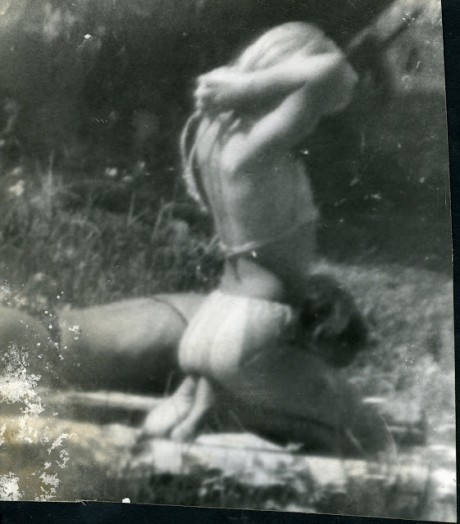
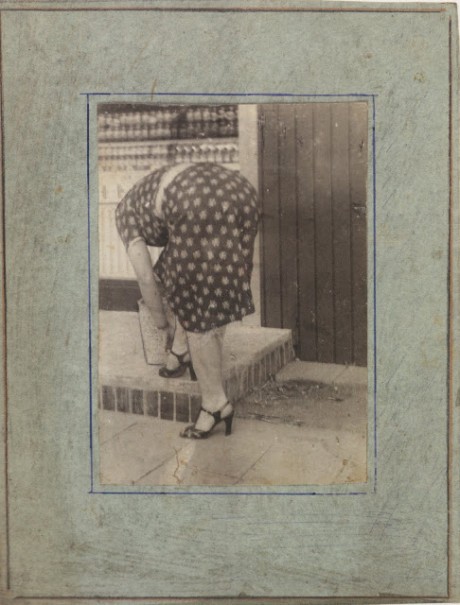
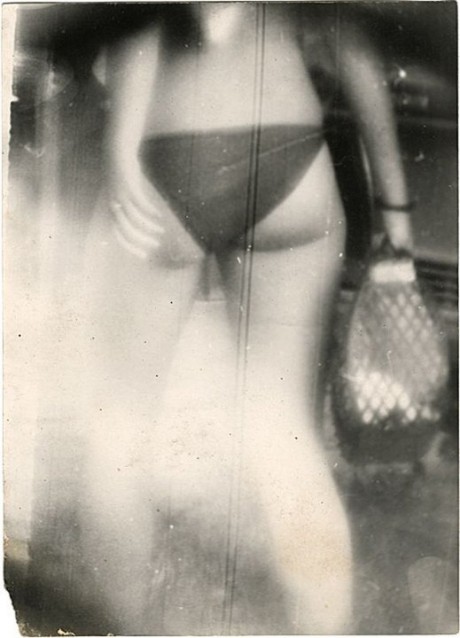
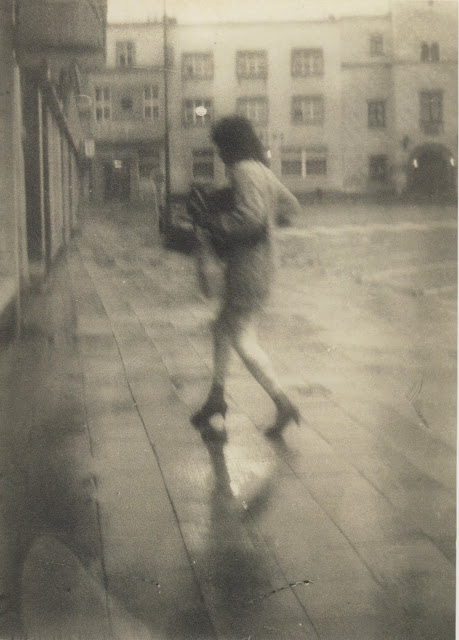
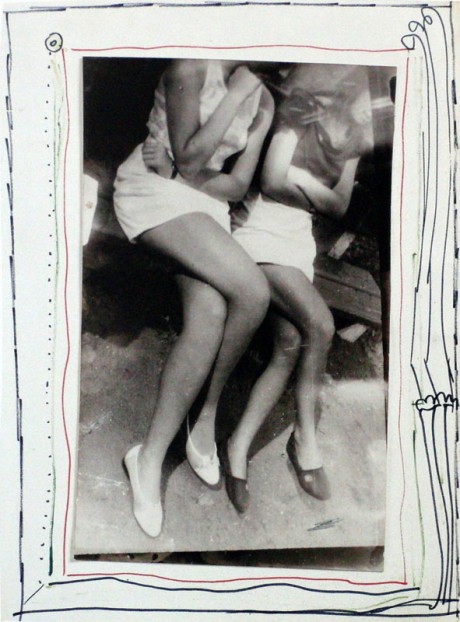

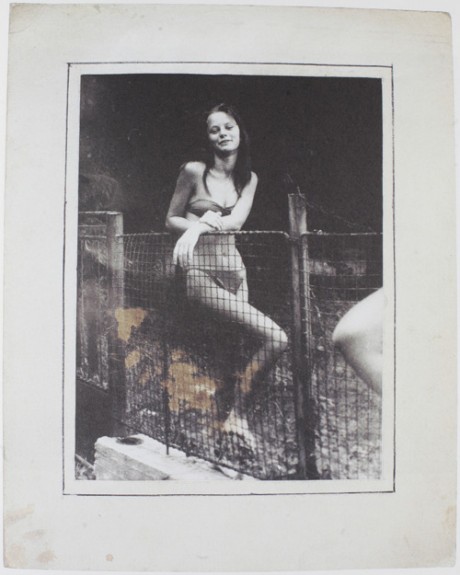
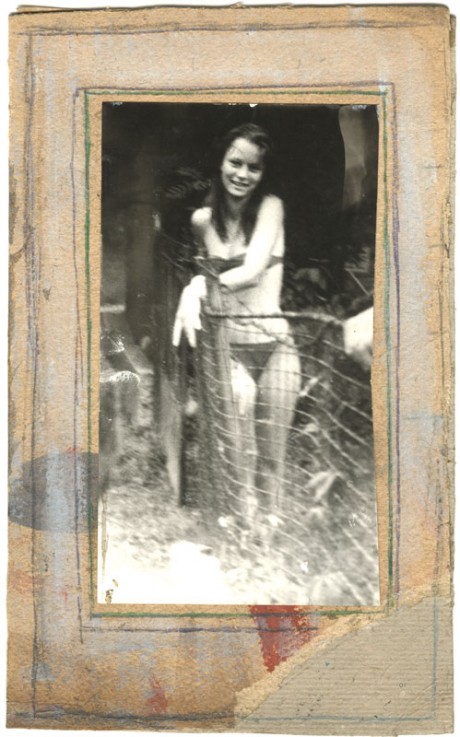
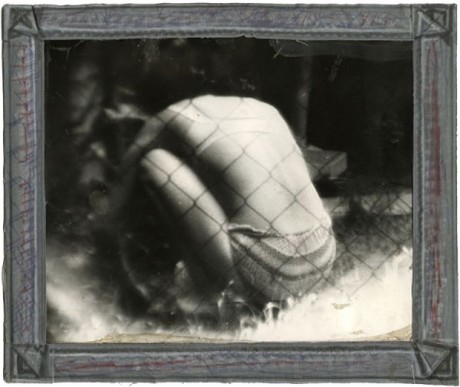
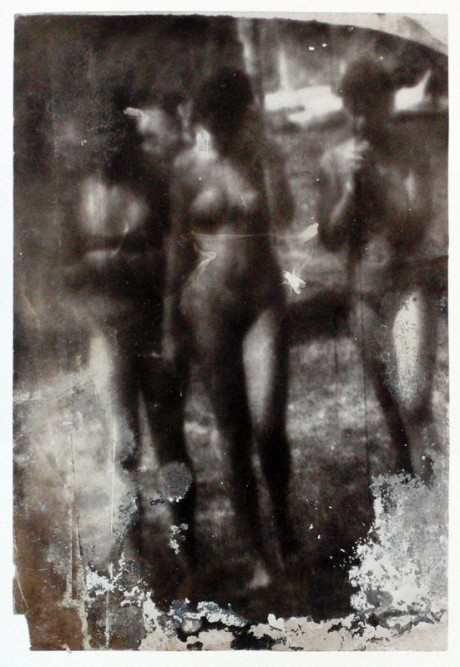
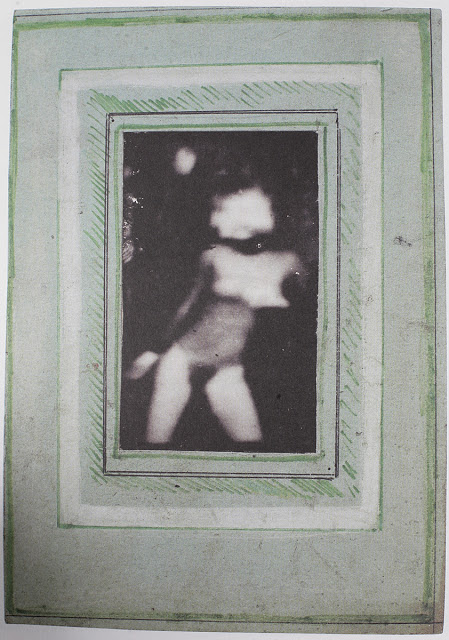
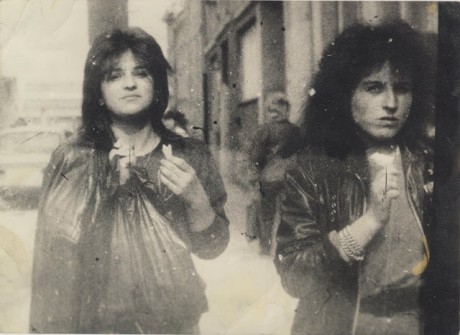
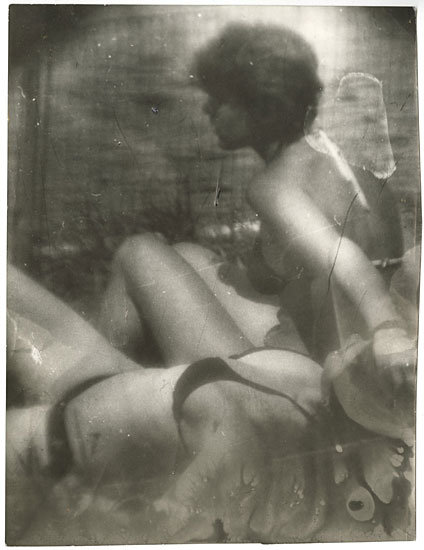
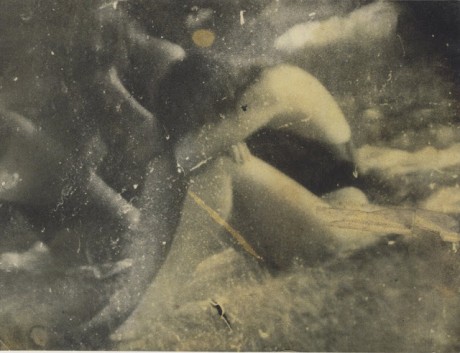
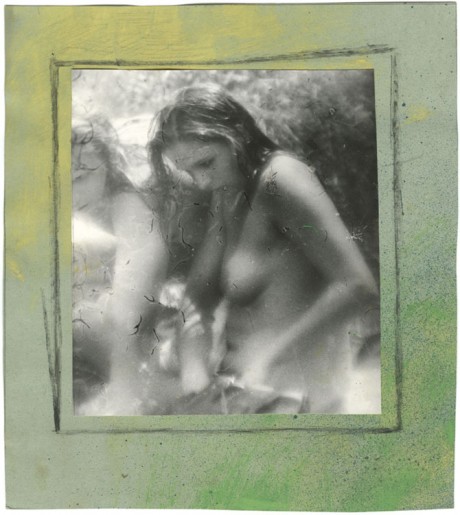
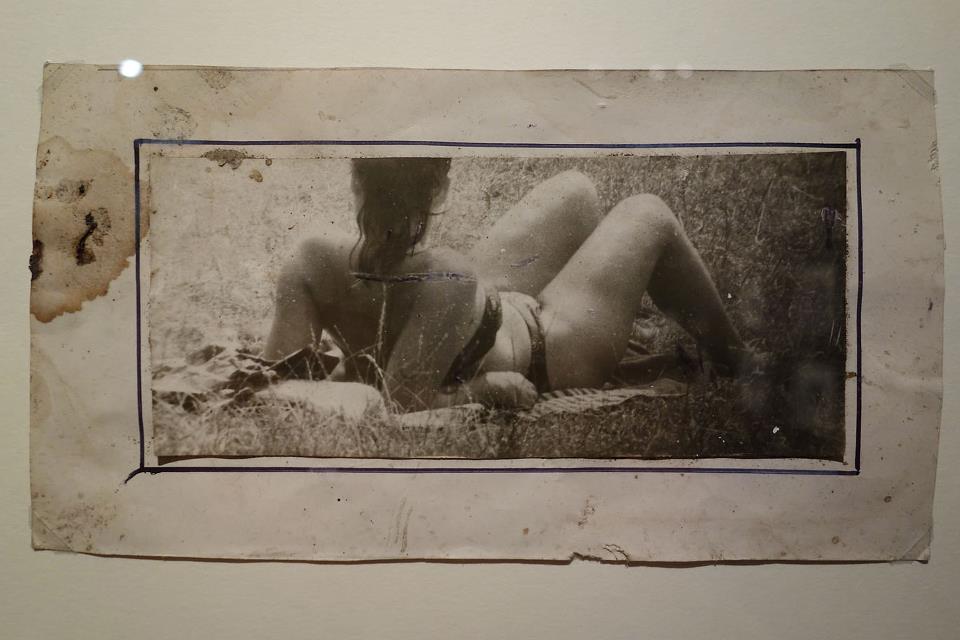
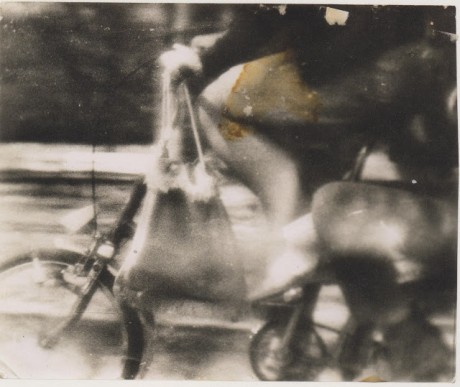
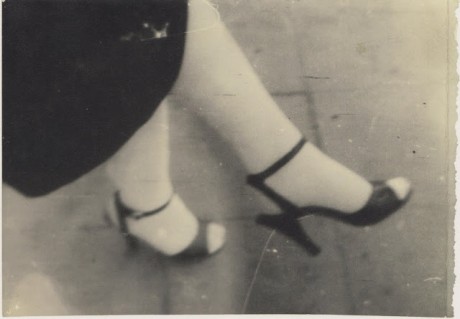
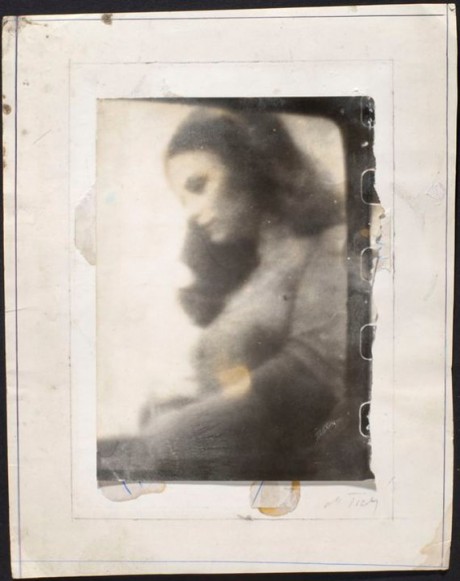

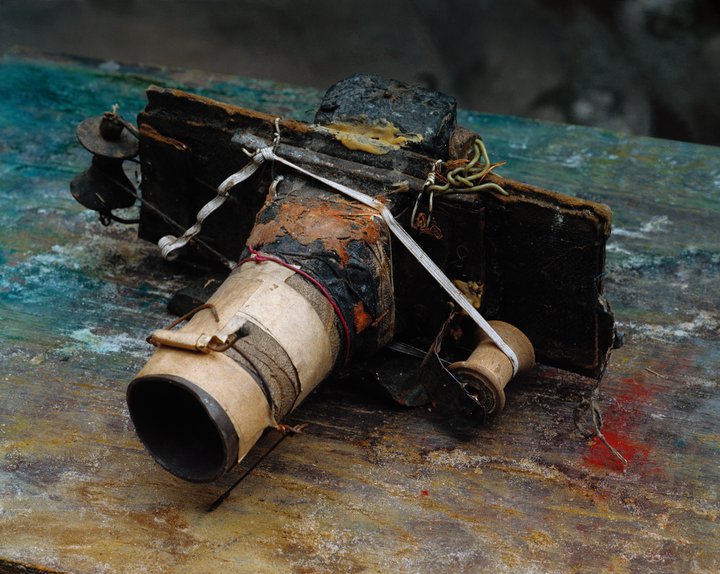

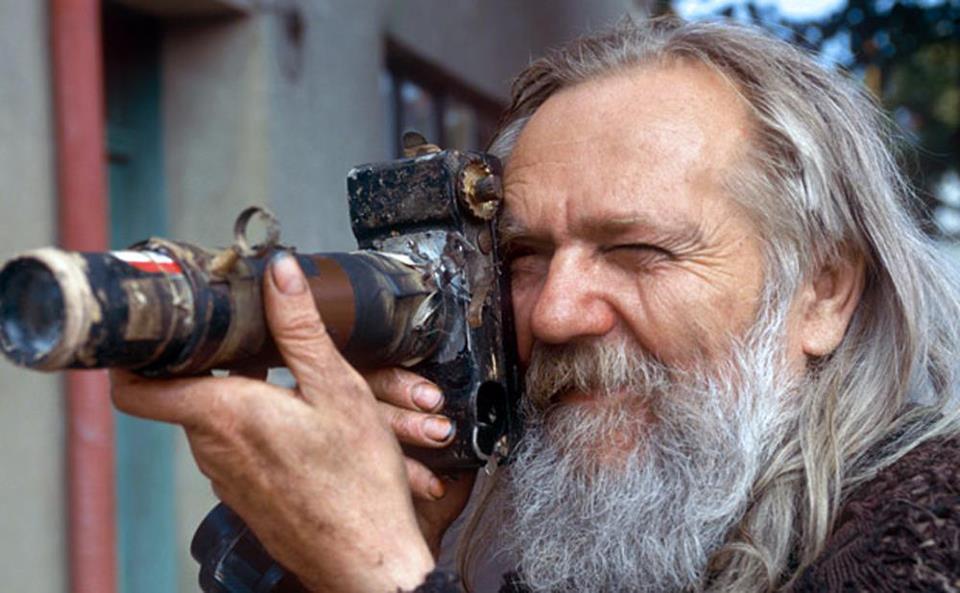
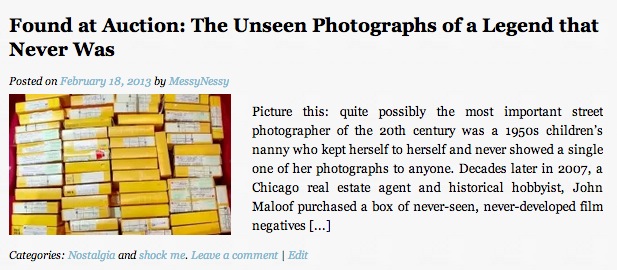

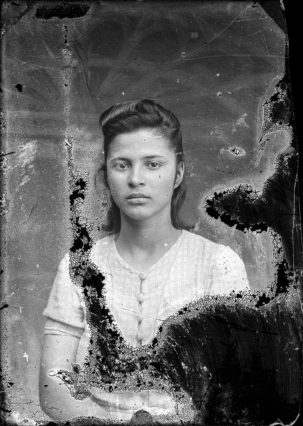

No comments:
Post a Comment